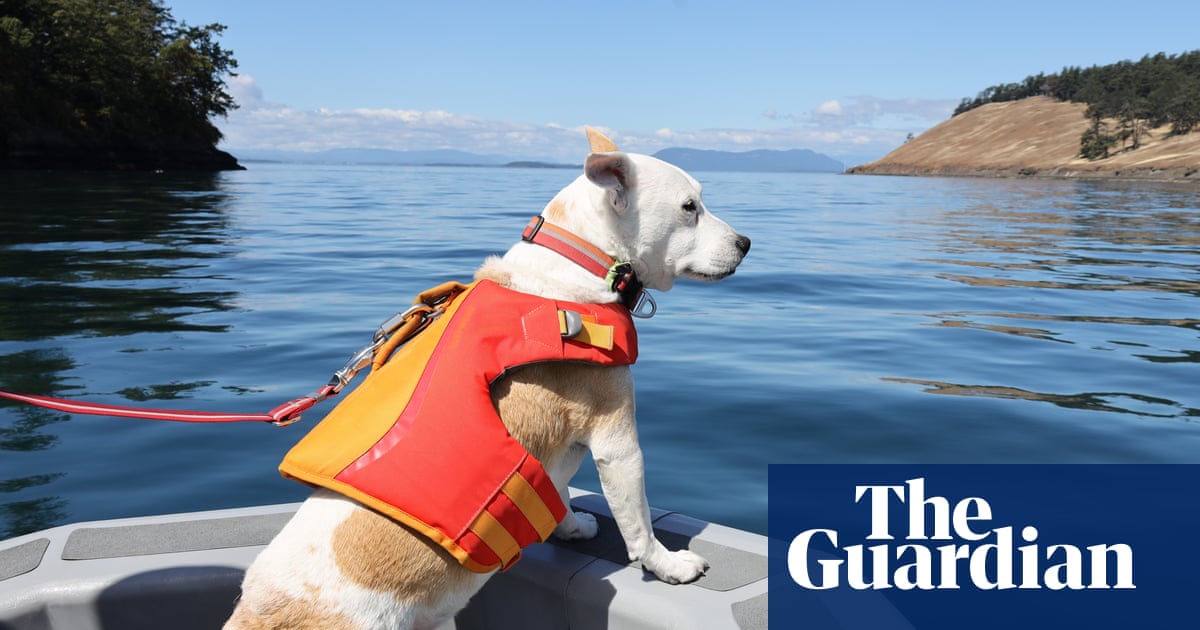
"Found as a cold, wet, five-month-old puppy on the streets of Sacramento, she has been detecting whale scat or faeces since the age of four. Dressed in a bright orange lifejacket and sometimes goggles Eba perches atop Giles's research boat, scanning the wind. When she catches a whiff of orca faeces, she raises her nose, sometimes whimpering or wagging her tail to point Giles in the right direction."
"We wanted to use Eba because it allows us to stay really far away from the whales and not stress them out, says Giles, a member of the marine conservation organisation SeaDoc Society. Through the study of whale faeces, researchers can uncover a wealth of biological insights from a single sample, including diet, hormone levels, exposure to toxins, pregnancy, gut microbiome composition and the amount of microplastics in their system, as well as the presence of parasites, bacteria and fungi."
"Nestled between the US state of Washington and Vancouver Island, the San Juan Islands are a vibrant haven for North American wildlife. Here, all of the world's remaining 74 southern resident sub-species of orcas find sanctuary, surfacing daily from the depths of the Salish Sea. Out at sea watching the whales is Dr Deborah Giles, an orca scientist, with her colleague, Eba."
The San Juan Islands host all 74 remaining southern resident orcas in the Salish Sea. Dr Deborah Giles conducts boat-based monitoring with Eba, a brown-and-white rescue dog trained to detect whale faeces. Eba signals when she detects faeces, allowing the team to collect samples while keeping distance to avoid stressing the whales. Faecal samples provide data on diet, hormone levels, toxin exposure, pregnancy status, gut microbiome composition, microplastics, parasites, bacteria and fungi. Eba wears a collar made from a neoprene toy once belonging to Tokitae, a southern resident orca captured in 1970 and later held in captivity until 2023.
Read at www.theguardian.com
Unable to calculate read time
Collection
[
|
...
]